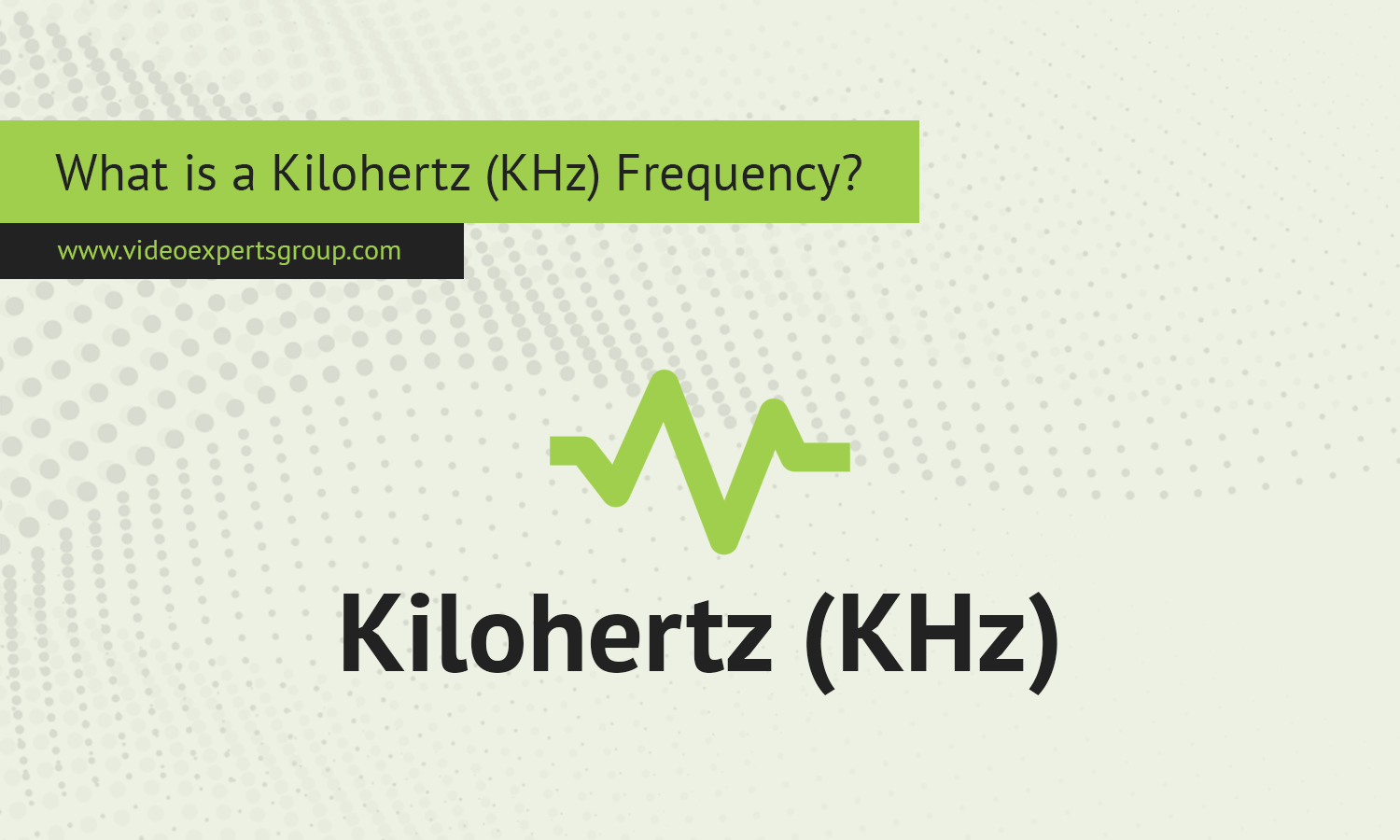The term "kilohertz" (KHz) is frequently used when discussing signals, sound, and various types of waves. It helps define the frequency at which these signals oscillate. Whether it's in audio engineering, radio transmission, or computing, understanding frequency in terms of KHz is essential for professionals and enthusiasts alike. In this article, we will explore what a kilohertz is, its uses, examples, and common questions people have about this important unit of frequency.
Meaning
A kilohertz (KHz) is a unit of frequency equal to one thousand hertz (Hz). The hertz (Hz) measures the number of cycles (or oscillations) that occur in one second. For example, if a signal oscillates 1,000 times per second, it has a frequency of 1 KHz.
1 KHz = 1,000 Hz
Frequency in this context refers to how often something like a sound wave or a radio wave repeats within a given time frame. This measurement is crucial in many fields because it helps quantify the properties of different signals.
Higher frequencies mean more cycles occur per second, while lower frequencies mean fewer cycles. For example, a 2 KHz signal completes 2,000 cycles in one second, while a 500 Hz signal completes only 500 cycles.
Usage
Kilohertz frequencies are commonly used in various fields such as:
-
Audio Engineering: In sound and music, kilohertz helps define pitch and audio quality. Human hearing typically ranges from 20 Hz to 20,000 Hz (20 KHz), and audio signals in this range are expressed in Hz or KHz. For instance, mid-range audio frequencies, such as those for musical instruments and human speech, usually fall between 500 Hz and 4 KHz.
-
Radio Transmission: Radio waves are electromagnetic waves used for communication, and their frequencies are measured in KHz or higher. AM radio broadcasts typically occur in the range of 530 KHz to 1700 KHz. These lower frequencies are ideal for long-range communication since they can travel long distances without being absorbed by the atmosphere.
-
Digital Signals: In digital electronics, frequencies in KHz are used to describe clock speeds, which control the timing of processes. For instance, early computer systems operated with clock speeds in the range of KHz before advancing to megahertz (MHz) and gigahertz (GHz) in modern systems.
-
Medical Equipment: Ultrasound machines use frequencies that can be in the KHz range for diagnostic imaging. These devices send sound waves into the body, and by measuring the reflections, medical professionals can create images of internal organs.
-
Telecommunications: Signals in telecommunication systems, especially in early phone systems, often operated in the KHz range. These frequencies were used to carry voice signals over long distances before modern high-speed networks were developed.
KHz Examples
Here are some real-world examples of where kilohertz frequencies are used:
-
Audio Frequencies:
- 1 KHz is often used as a reference tone in audio tests because it's near the center of the human hearing range.
- A high-pitched whistle might be around 2 KHz, while the note played by a violin or other musical instruments may range from a few hundred hertz to several kilohertz.
-
AM Radio Broadcasts:
- AM radio stations broadcast between 530 KHz and 1700 KHz. For example, a station at 880 KHz would transmit its signal with 880,000 cycles per second.
-
Television Systems:
- Older analog TV systems used kilohertz for vertical and horizontal sync signals. For example, horizontal scanning frequencies in TV systems were often around 15 KHz.
-
Ultrasound:
- Diagnostic ultrasounds use frequencies starting from 20 KHz and above, typically entering the MHz range for medical imaging purposes. However, lower KHz ranges are used for therapeutic ultrasounds.
FAQ
Understanding kilohertz (KHz) is vital in fields ranging from audio production to radio broadcasting. By measuring how often signals oscillate, we can optimize systems for everything from clear sound reproduction to stable long-range communications.
















